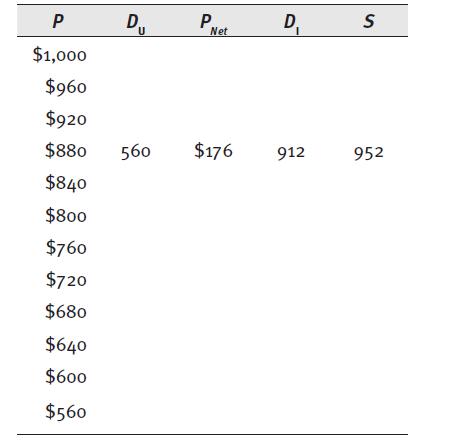The demand function is Q = 1,000 (0.5 P). P is the price paid by
Question:
The demand function is Q = 1,000 − (0.5 × P). P is the price paid by consumers. Calculate the quantity demanded when there is no insurance. (Put these values in column DU of the table.)
The state mandates coverage with 20 percent coinsurance, meaning that the demand function becomes 1,000 − (0.5 × 0.2 × P).
a. For each price, calculate the amount consumers pay. (Put this figure in column PNet.)
b. Calculate the quantity demanded when there is insurance. (Put this figure in column DI.)
c. Plot the two demand curves, putting P (not PNet) on the vertical axis.
d. How do DU and DI differ? Which is more elastic?
Fantastic news! We've Found the answer you've been seeking!
Step by Step Answer:
Related Book For 

Question Posted:





